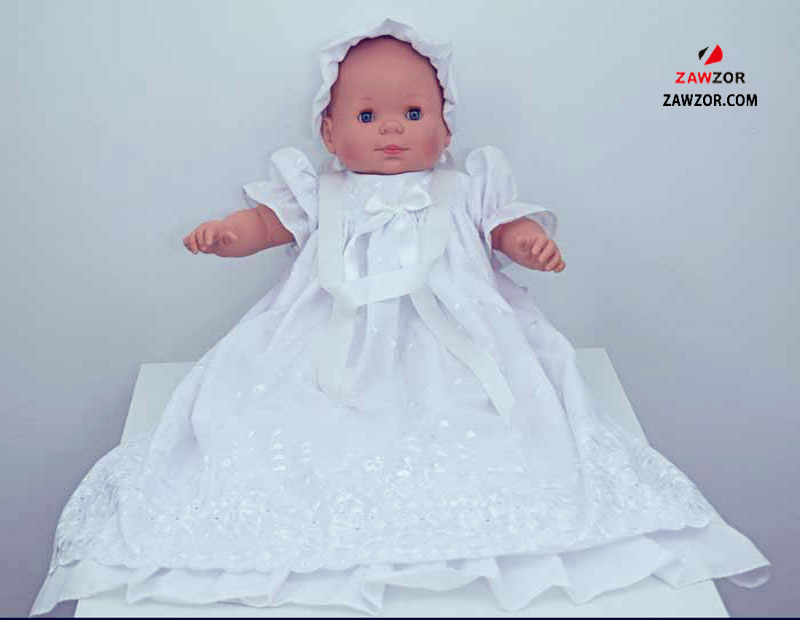The History OF The Christening Gown

The christening gown, a beautiful and symbolic garment, has graced countless babies entering a faith community. But where did this tradition originate, and why are christening gowns or robes still worn today?
This blog post delves into the history of christening attire, exploring its evolution and the enduring reasons for its presence in modern christenings.
From Swaddling Cloths To Gowns: The Evolution Of Christening Wear.
The earliest forms of christening attire were far simpler than the elaborate gowns we see today. In medieval times, babies were often wrapped in large squares of fabric, called bearing cloths, during baptism. The cloth was typically made of silk and adorned with lace or beading.
The practice of full immersion during baptism necessitated a change in christening attire during the 17th century. This led to christening gowns designed for quick and easy removal and replacement. These early gowns resembled miniature adult garments, with a high bodice and a gathered waist that could be adjusted for both boys and girls.
The 18th century saw a shift in baptismal practices, with full immersion becoming less common. This change allowed for the development of the christening gown as we know it today. These long, flowing gowns were often made of luxurious fabrics like silk or satin and featured intricate details like lace embroidery. They were modelled after the fashionable attire of the Victorian era, with high necklines, puffed sleeves, and a focus on delicate embellishments.
Why Christening Gowns Endure:
The christening gown holds a special place in Christian tradition for several reasons. First and foremost, the white colour symbolizes purity, innocence and spiritual rebirth, reflecting the significance of the baptism ceremony.
Beyond religious symbolism and family legacy, christening gowns can also express joy as they welcome their children into the faith community. The gown becomes a tangible representation of this momentous occasion.
Modern Variations:
While the classic white christening gown remains popular, modern christenings have witnessed a rise in diverse styles. Some families opt for shorter gowns or robes for added comfort and practicality, particularly for younger babies.
The christening gown, or robe has undergone a fascinating transformation throughout history. From its practical origins to its current status as a cherished symbol. Whether a family chooses a classic heirloom gown or a modern adaptation, the tradition of christening attire reflects the enduring desire to mark a child's entry into a faith community with beauty, significance and lasting memories.
